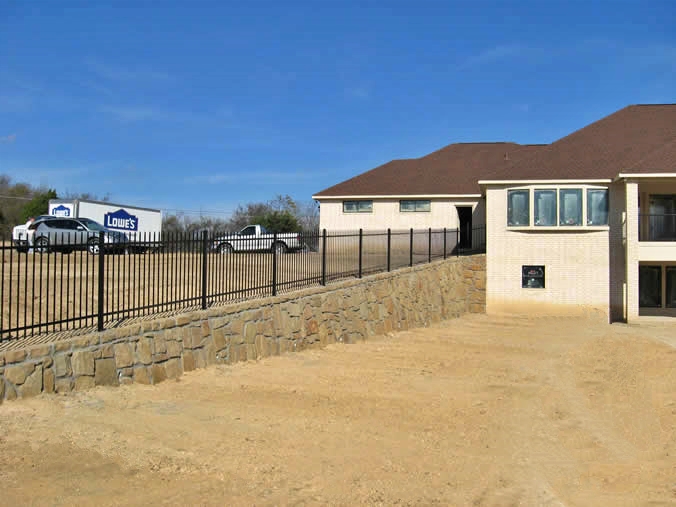An 8 Step Fence Planning Guide
Beginning a fencing project involves thoughtful and strategic steps to make sure there is a successful outcome. In this comprehensive guide on how to plan for a fence, we’ll navigate through 8 steps, providing insight on how best to execute your fencing project. From determining the purpose of the fence to finalizing the design, these steps are designed to provide the knowledge needed to make informed decisions and achieve the best results!
Step 1: Determine the Purpose of the Fence
Deciding what the fence will be used for is important further along in the process when you are choosing the materials and design of the fence. Ask yourself a few questions like will it mainly be used to protect children or pets? Is privacy a concern? Are you planning on building an enclosure for animals like chickens or goats? Whatever its purpose may be, decide what it will be before taking action.
Step 2: Identify the Location
In this step, refer to the property deed to determine your property lines. Then, walk the property to identify the ideal location for the fence. Take measurements of the space and make a note of how much is available. As you do this, think about where specifically you would like to install the fence.
Step 3: Obtain the Necessary Permits
As you’re learning how to plan for a fence, it’s important to consider all the factors. The next step is to obtain any necessary permits, such as a building permit or HOA permit. Check with your local city officials or homeowners’ association so you can comply with regulations and get the permits before beginning construction. This will you help you start and finish your project by reducing potential unexpected challenges.
Step 4: Determine Your Budget
Next, you should set a budget for the project. Fencing can be costly, considering factors such as the quality of materials, labor costs, the size of the project, and any existing landscape features. A good idea to make sure you’re getting the right price is to request quotes from couple of contractors and compare their choice of materials so you can make an informed decision. It’s important to select materials that not only align with your style preferences and functional needs but also fit within your budget.
Step 5: Payment Method
Deciding on the payment method is step five. If you have sufficient funds, paying in full is advisable as it may help you get a better deal or save money in the long run. However, if your budget is a little more limited, you may want to explore financing options. Most contractors will offer a financing plan, especially if you’re hiring them for a large project, but it is still a good idea to ask about these options before settling on a contractor.
Step 6: Materials
The sixth step involves choosing the appropriate materials for your fence. Material selection affects the cost, appearance, and functionality of the fence. Consider personal preferences and any restrictions imposed by your city or HOA. If you’re installing the fence yourself, make sure to check out multiple places to compare the quality and price of the materials.
Step 7: Installation
Now, it’s time to decide whether to install the fence yourself or hire a contractor. Each option has its pros and cons. DIY installation is usually cheaper but requires more effort and there is the risk of improper installation or personal injury. However, it offers the advantage of gaining experience and will allow for more flexibility in the work and timeline. Alternatively, hiring a contractor is likely to reduce installation time and ensure a safe and professional outcome. Additionally, this option will likely mean the fence will last longer but it will add to the project’s final cost.
Step 8: Design
The eighth step is to design your fence. Take into account all the details, such as the location, height, color scheme, aesthetic, and materials you want to use. Creating a sketch or virtual model of the fence can be helpful when communicating your vision to a contractor, if that is the route you choose. Lastly, before digging, locate utility cables to prevent any damage. Contacting 811 will help you in identify the precise locations of these cables.
It’s important to understand the process of a fence installation and the time and skills necessary for it. This article helps you understand all of this and teaches you how to plan for a fence, no matter the size or complexity of the project. Each stage contributes to the overall success of your project. Whether you opt for a DIY approach or hire a contractor, the key lies in determining your preferences, budget, and needs. By following these steps, you have a well-crafted plan and can begin your project with confidence!
References
DIY Homeowner Hero. Fence planning: complete step-by-step guide. DIYHomeownerHero.


